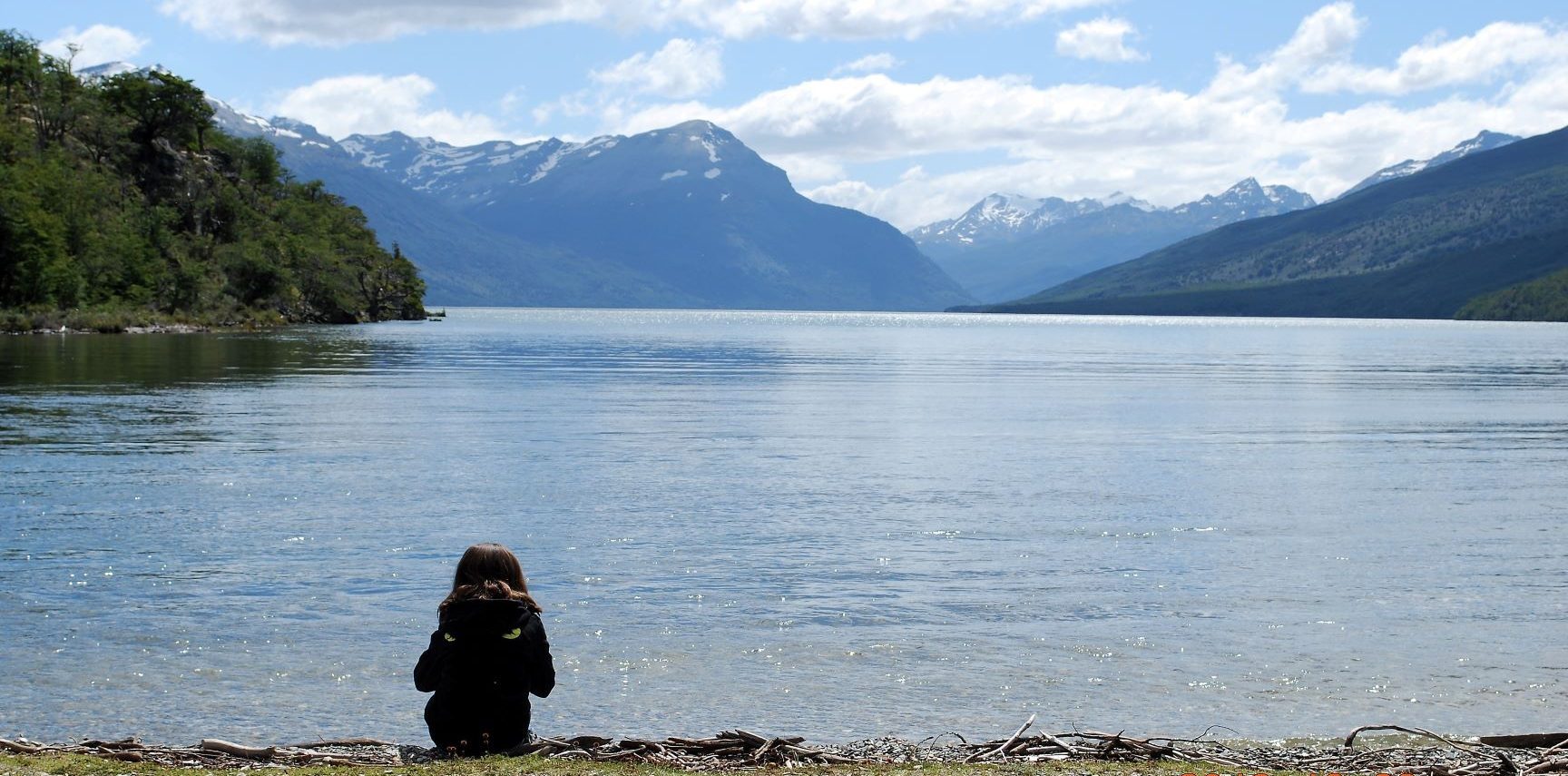How can you connect with another person when you cannot connect with yourself?
Thich Nhat Hanh
Even before terms such as quarantine, isolation, and social distancing became part of daily life, America’s loneliness epidemic has been steadily growing for decades.
Recent studies show that of all age groups, teens and Generation Z (age 18-22) are significantly more likely to experience loneliness; 68 percent said they feel like “no one really knows them well.”
Generation Z (age 18-22) is significantly more likely to experience loneliness; 68 percent said they feel like “no one really knows them well.”
The Loneliness Epidemic
In January 2020, before the COVID-19 pandemic, Cigna published a report stating that 61% of adults in America reported that they are lonely. Key findings included:
- Men are slightly lonelier than women
- Young people (18-22) are more lonely than older people (72+)
- Those living in urban and suburban communities are less lonely than those in rural areas
- Social media has a major impact on loneliness with very heavy social media users significantly more likely to feel alone, isolated, left out, and without companionship
- Loneliness has implications for the business community
- Remote workers are more likely than non-remote workers to always or sometimes feel alone
- Lonely workers say they are less engaged, have poorer performance and miss more work due to illness and stress
Loneliness among young people isn’t exclusive to the US. A large national survey conducted by the British Broadcasting Corporation (BBC) found similar results among people ages 16-24 in the UK.
Not surprisingly, recent studies have shown the effects of the pandemic have compounded loneliness not only in young people but also in seniors.
Health and Loneliness
Feeling alone and unconnected not only affects our mental health but our physical health as well.
Research on loneliness and health found the following:
- Increased risk of depression, anxiety, and suicide
- Poor sleep, inattention, decreased productivity
- Emotional over-eating, excessive drinking, smoking, or drug use
- Lower immune system leading to viral and other infections and inflammatory illness
- Social isolation was associated with a 50% increased risk of dementia in older people
- Poor social relationships (characterized by social isolation or loneliness) was associated with a 29% increased risk of heart disease and 32% increased risk of stroke in older people
In 2017, Dr. Vivek Murthy, former Surgeon General of the United States, wrote: “Loneliness and weak social connections are associated with a reduction in lifespan similar to that caused by smoking 15 cigarettes a day”.
Loneliness and weak social connections are associated with a reduction in lifespan similar to that caused by smoking 15 cigarettes a day.
Dr. Vivek Murthy, former Surgeon General of the United States
What’s Causing Loneliness in Young People?

Since loneliness among young people was steadily increasing before COVID-19 was a term, researchers have been trying to pinpoint the cause but coming up short.
Is Social Media to Blame?
Several studies have linked heavy social media use to loneliness and depression, but why? One reason is the social comparison factor.
“When reviewing others’ social activity, people tend to make comparisons such as, “Did I get as many likes as someone else?,” or “Why didn’t this person like my post, but this other person did?” They’re searching for validation on the internet that serves as a replacement for meaningful connection they might otherwise make in real life.”
https://www.mcleanhospital.org/essential/it-or-not-social-medias-affecting-your-mental-health
FOMO (Fear of Missing Out)
Another reason social media is linked to loneliness is FOMO (fear of missing out). Seeing pics of events that you weren’t invited to or other people’s seemingly perfect lives can lead to feeling like your life is not as good or you’re not likeable.
Lack of Human Interaction
Lastly, heavy social media use can replace face-to-face social interactions. This includes all online platforms. When we spend more time with YouTuber’s than with our actual friends, we’re not developing meaningful human relationships.
Post COVID-19, recent research suggests how detrimental social isolation can be for young people. Social interactions are considered a basic human need, along with the need for food and sleep. Adolescence (ages 10-24) is characterized by a vital need for social and peer interaction. The study proposes that social isolation in adolescence can have far-reaching consequences, including damaging effects on the brain and behavioral development.
What’s interesting about the study is the authors’ answer to the problem. They suggest, “Adolescent physical distancing should therefore be given urgent consideration by policymakers and the opening of schools and other social environments should be a priority…” They also suggest that increased social media use could help mitigate the negative effects of social isolation.
— IT SEEMS WE’RE NOT SEEING THE WHOLE PICTURE HERE —
It’s clear that loneliness and depression had increased in our society prior to the pandemic. COVID-19 only magnified a problem that already existed. There’s plenty of research to blame social media and lack of face-to-face interaction for the loneliness epidemic. But, we also have to recognize how Zoom calls, FB parties, and the like provided a valuable source of connection during lockdown when nothing else was available. So where does that leave us?
What if we look deeper into the root cause of loneliness?
What’s at the Root of Loneliness?

The Buddha taught that within ourselves there is a safe place we can always come back to where the storms of life cannot shake us. That place is the island of our true self.
On that safe island inside of you, you find your ancestors, your true home, and the Three Jewels.
The Three Jewels
- The teacher who shows us the way in life. Your teacher may be Jesus, Muhammad, Buddha, or whoever you consider to be your guiding light.
- The teachings and the way to understanding and love.
- Our spiritual community of friends who support us on our path.
We all have our own safe harbor within us. But, it’s not much of a refuge if we don’t know it’s there. With more people turning away from religion and spirituality, are we embracing the source of true power, peace, and joy that’s within us? And are we teaching that to our children in a way that’s meaningful to them?
Be the Teacher
I can say without hesitation, “No, I did not embody and teach my kids conscious awareness.” I couldn’t. I didn’t know what it was. Growing up, I believed in a God that punished humans and existed somewhere out in the heavens. God certainly didn’t dwell within me, but was separate and far away.
I also believed that I was my thoughts. I had forgotten about my island of True Self and spent most of my time swimming in the shark-infested waters of my ego. And as a result, I lived in a fearful state of reactivity and suffering.
The good news is, we can come back to our island whenever we choose. It’s there waiting for us to awaken and embrace our true nature. It’s never too late to awaken. Eckhart Tolle writes:
“Only by awakening can you know the true meaning of that word. A glimpse is enough to initiate the awakening process, which is irreversible.“
A New Earth: Eckhart Tolle
Practices to Help Heal Loneliness
- Practice conscious awareness within yourself. Whether we are wanting to heal ourselves or someone else, it begins by connecting to our own deeper Self. Spiritual awakening is an individual process. You can’t “encourage” a friend or loved one to awaken. But, you can embrace it yourself and the power of your awareness will ripple out to those around you.
- Extend yourself by serving others. Giving releases oxytocin in the brain and helps us feel good while serving others. This could be by volunteering, helping others in need, or joining a service organization.
- Get a pet. Pets provide emotional support and connection. Caring for a pet is also an extension of giving to others.
- Get creative. Engaging in creative arts like music, art, reading, or writing taps into the healing power of our true Self.
- Practice mindfulness. Download a meditation app, join a yoga class, or spend time walking in nature. All of these practices bring together our mind and body helping us bridge a connection to our true Self.
- Seek a therapist trained in conscious awareness such as IFS Therapy to help you find your way back to the island of your true Self.
Here are a few resources that shook me to my core and helped open the door to my true Self. They continue to help me on my journey of awakening:



So well said Jackie. I’ve always heard the saying “happiness comes from within”. Your article is saying that very thing. So sad that our young people may be addicted to social media. And like your reports say, looking for happiness and belonging, but not finding it there.
Thanks for your comment, Wanda! Shifting our own thinking and teaching the next generation that true happiness can only be found within themselves is so vital and empowering. 🙂
Such a great read Jackie! Loneliness can be so dangerous to ones self and those around one. I have sensed & somewhat feared over the years how technology has subtly created and continues to create isolation in our lives and especially for our young people. Many have had screens (phone, iPad etc.) stuck in front of their faces (as babysitters) since birth and struggle to know how to interact with the world around them. It’s so sad but hopefully by being more aware and sharing that awareness as you have here we can make a difference! Thank you for bringing attention to this!
Thanks for your comment and insight, Beth. 🙂